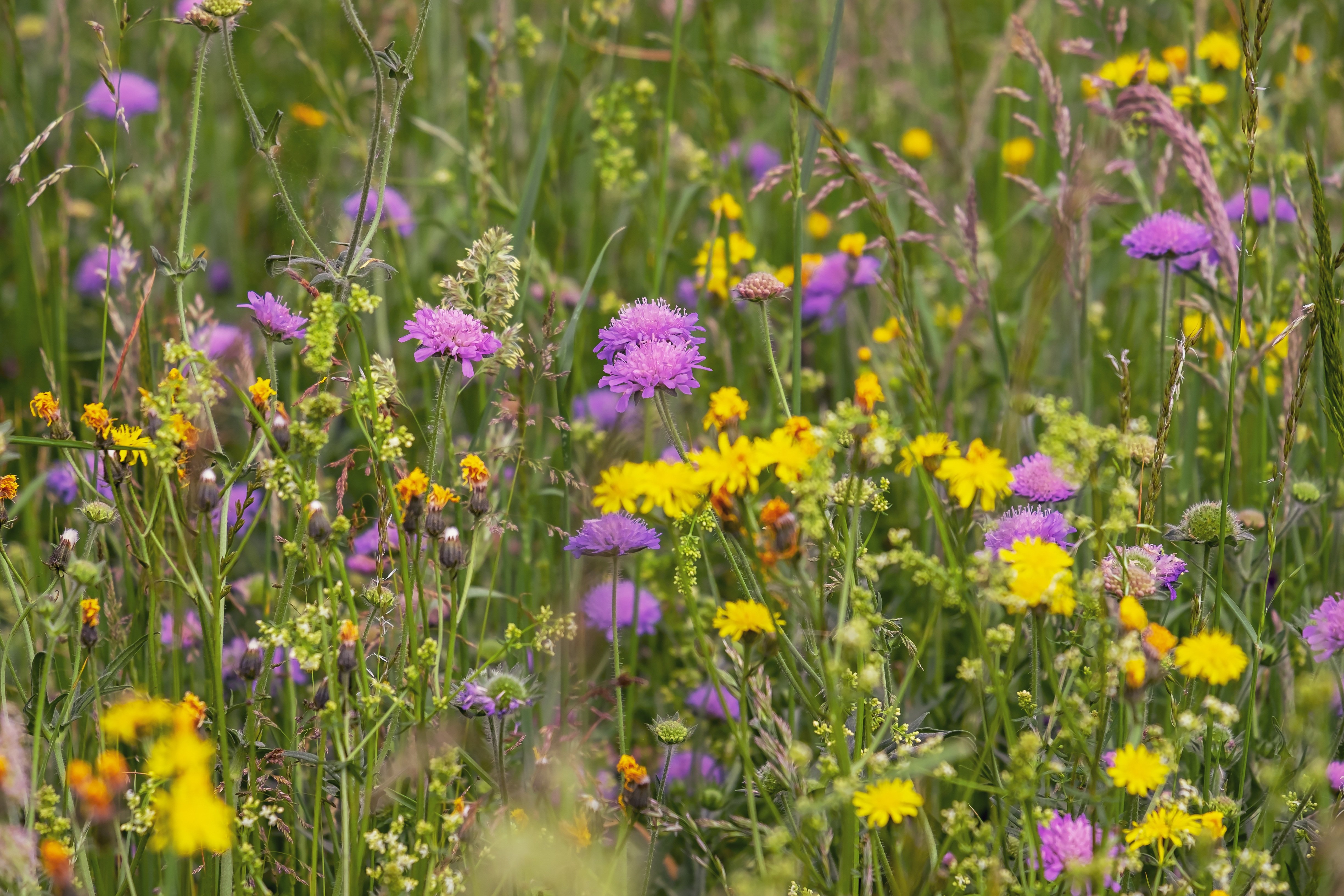Take action for Swifts
Wherever you are, and whatever your circumstances, there are practical ways you can help protect swifts.
Track swift sightings
Use the
eBird app to record sightings of swifts and other birds. This global database helps scientists at the
Cornell Lab of Ornithology monitor bird populations and migration patterns worldwide.
Grow native insect-friendly plants
Growing native vegetation supports insects, which in turn feed swifts. FWhether you have a garden, balcony pots, or access to shared space, there are always ways to make your space greener. If you don't have outdoor space, look out for your local community garden, or maybe even consider 'flower bombing' some nearby empty land. If you’re unsure what to grow, checkin with local nature organisations for plants that are recommended in your area. And if you are growing, be sure to stay away from pesticides that kill off the insects that swifts hunt.
Turn out the lights
Swifts are highly migratory, and artificial light can be hugely disorientating to birds trying to find their way. Consider
turning off lights when they're not in use, especially those outdoors and during migration seasons.
Make your home swift-friendly
Many swift species rely on our buildings for their nest sites. Eurasian Swifts love roof eaves, and Chimney Swifts love, well... chimneys. If you're renovating any of these areas of your home, avoid disturbing nests during breeding season and preserve any crevices that swifts might use to enter their nests. In some areas you even install
swift bricks to create dedicated nest space.
Know what to do if you find an injured swift
Swifts require specialist care if they become injured. Take a photo and
contact an expert before intervening. If you can do so safely, keep the bird warm, safe and calm in a quiet area while waiting for help.
Join a local conservation organisation
Take a look at our
list of conservation organisations to find a group making an impact near you.
Make a donation
Donate to support international efforts protecting swifts and their habitats.
